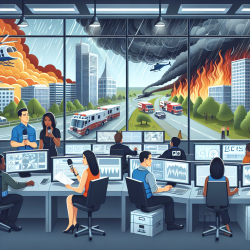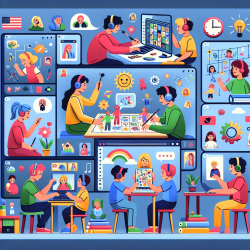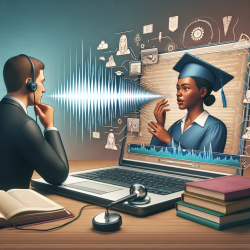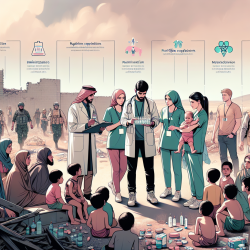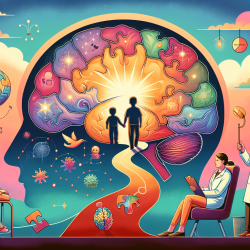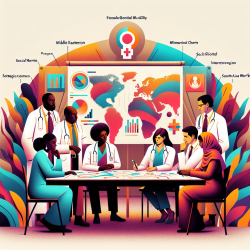Introduction
In the realm of disaster communication, the roles of journalists and public information officers (PIOs) are pivotal. A recent study titled "Effective media communication of disasters: Pressing problems and recommendations" provides valuable insights into the challenges and solutions for effective media communication during disasters. This blog aims to guide practitioners in enhancing their skills by implementing the research findings or encouraging further exploration.
Understanding the Challenges
The study identifies several pressing issues that hinder effective communication between journalists and PIOs during disasters:
- Lack of Coordination: There is often a disconnect between PIOs and journalists, leading to inefficient information dissemination.
- Resource Limitations: Journalists and PIOs often lack the resources to evaluate and disseminate information effectively.
- Perception Gaps: Differing perceptions of roles and responsibilities can create friction between journalists and PIOs.
Recommendations for Improvement
The advisory group from the study proposed 15 recommendations to enhance communication plans between PIOs, journalists, and the public. Here are some key strategies:
- Participate in Drills: Involving journalists in emergency drills can improve their understanding and response during actual events.
- Resource Sharing: Establishing a shared pool of informational resources can bridge the gap between PIOs and journalists.
- Professional Development: Offering experiential learning opportunities can enhance the skills of both journalists and PIOs.
- Cross-Media Collaboration: Encouraging collaboration across different media platforms can lead to more comprehensive coverage.
Implementing the Findings
For practitioners looking to improve their disaster communication skills, the following steps are recommended:
- Engage in Continuous Learning: Stay updated with the latest research and training programs related to disaster communication.
- Build Relationships: Foster strong relationships with media professionals to ensure smooth information flow during emergencies.
- Utilize Technology: Leverage online platforms and mobile technologies to disseminate information quickly and efficiently.
Conclusion
Effective media communication during disasters is crucial for shaping public response and ensuring safety. By addressing the challenges identified in the research and implementing the recommended strategies, practitioners can significantly improve their communication skills. For those interested in delving deeper into the research findings, the original study offers a comprehensive overview of the issues and solutions.
To read the original research paper, please follow this link: Effective media communication of disasters: Pressing problems and recommendations.
